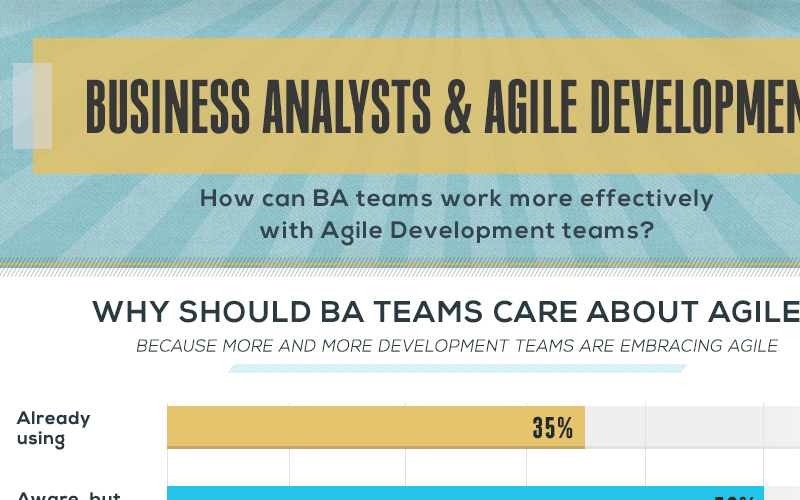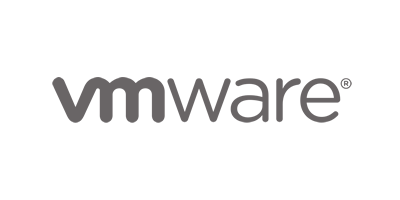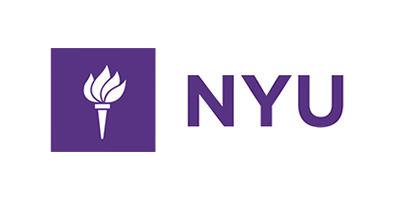This article gives an overview of how you can benefit from a requirements management tool, and what to look for when considering requirements management tools.
Product Managers (PMs), Business Analysts (BAs) and Engineers at most companies are responsible for gathering and managing requirements. However, at most organizations, they just use a general-purpose tool such as Excel, Word, Wiki or bug trackers to manage their requirements – rather than dedicated requirements management tools.
Top-5 Benefits of Requirements Management Tools (RM Tools)
Here are 5 key benefits you can achieve by using an RM tool instead of just a general-purpose tool to manage your requirements.
- Structured Requirements: Requirements management tools enable you to gather “structured” requirements. This basically means you can define attributes you’d like to track for each requirement (such as Requestor, Needed Date, Owner, etc) – and then make sure each requirement has those attributes.
- Save Time: A good requirements management tool can save you a ton of time when it comes to managing your requirements, as they automate a lot of requirements management tasks like creating requirements documents.
- Less Stress: Most PMs/BAs/Engineers who’re responsible for gathering and/or tracking requirements will confess that this task is pretty stressful due to the inherently chaotic nature of the process. A good RM tool can eliminate a lot of the unnecessary stress associated with this process.
- Workflow & Best Practices: Good requirements management software tools have built-in workflow and best practices for a lot of tasks related to requirements management. This will help you make your products and projects more successful.
- Easy to Collaborate: A good requirements management tool will enable you to collaborate with your internal and external stakeholders efficiently & effectively. General-purpose tools are not very effective due to lack of requirements-specific collaboration capabilities.
Top-5 Tips for Selecting a Requirements Management Tool
Here are 5 important things you should look for when considering requirements management tools. These points will help you maximize your success with implementing an RM tool.
- Ease-of-Use: Forrester Research wrote a report in 2006 summarizing their research into Requirement Management Software. One of their top recommendations was: “Avoid tools that are too complex…”.
We agree. If requirements management tools are too complex, your users simply won’t use it – no matter how powerful the tools are. After all, none of us come to work wishing our lives were more complex! 🙂 - Customizable: A good requirements management tool should allow you to customize it to manage requirements in a way that best fits your organization and industry. Tools that force you to follow a specific framework or methodology are likely to fail you – especially over the long-term.
- Total Cost: Cost is always an issue with any purchase, and RM tools are no exception. Make sure to consider the “Total Cost” – which includes costs related to hardware, implementation, training, maintenance, and other similar costs which are often hidden.
- Matches Your Needs Today: Select an RM tool that matches your requirements needs today, and will grow with you. There is often a temptation to pick an RM tool with the largest feature set. Avoid this temptation – as a larger feature set very often results in a hard-to-use tool, which will likely be more expensive too – a really bad double whammy!
- Try Before You Choose: These days, many requirements management tool vendors (such as Accompa) allow you to test drive their software for free, before you buy. Take advantage of it. After all, you won’t truly know whether an RM tool can help you until you try it out in real-life scenarios.
There you have it – my twin Top-5 lists that provide you an overview of the benefits of requirements management tools and tips for selecting a requirements tool. Check out the post 7 Requirements Management Tools for a list of tools.









